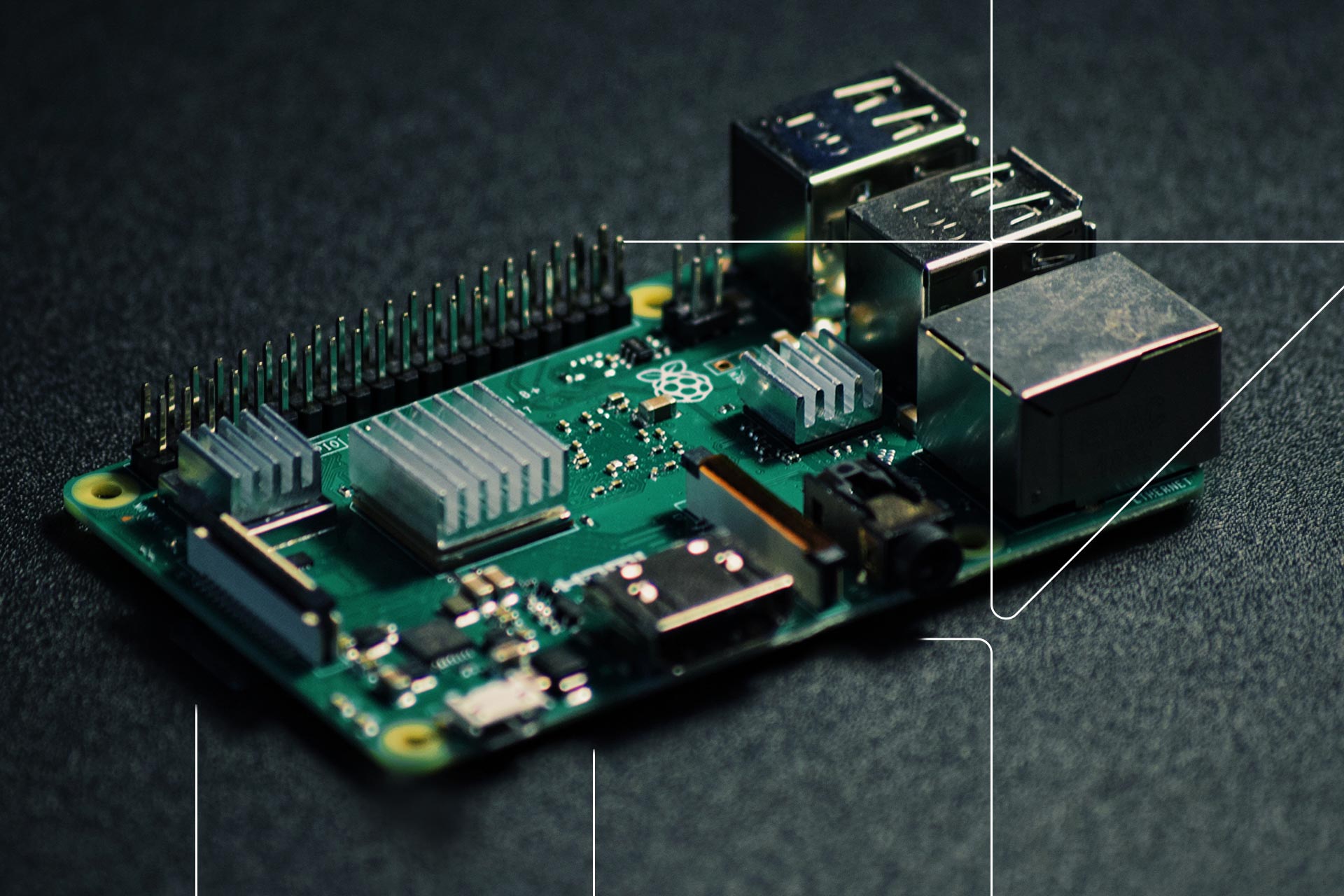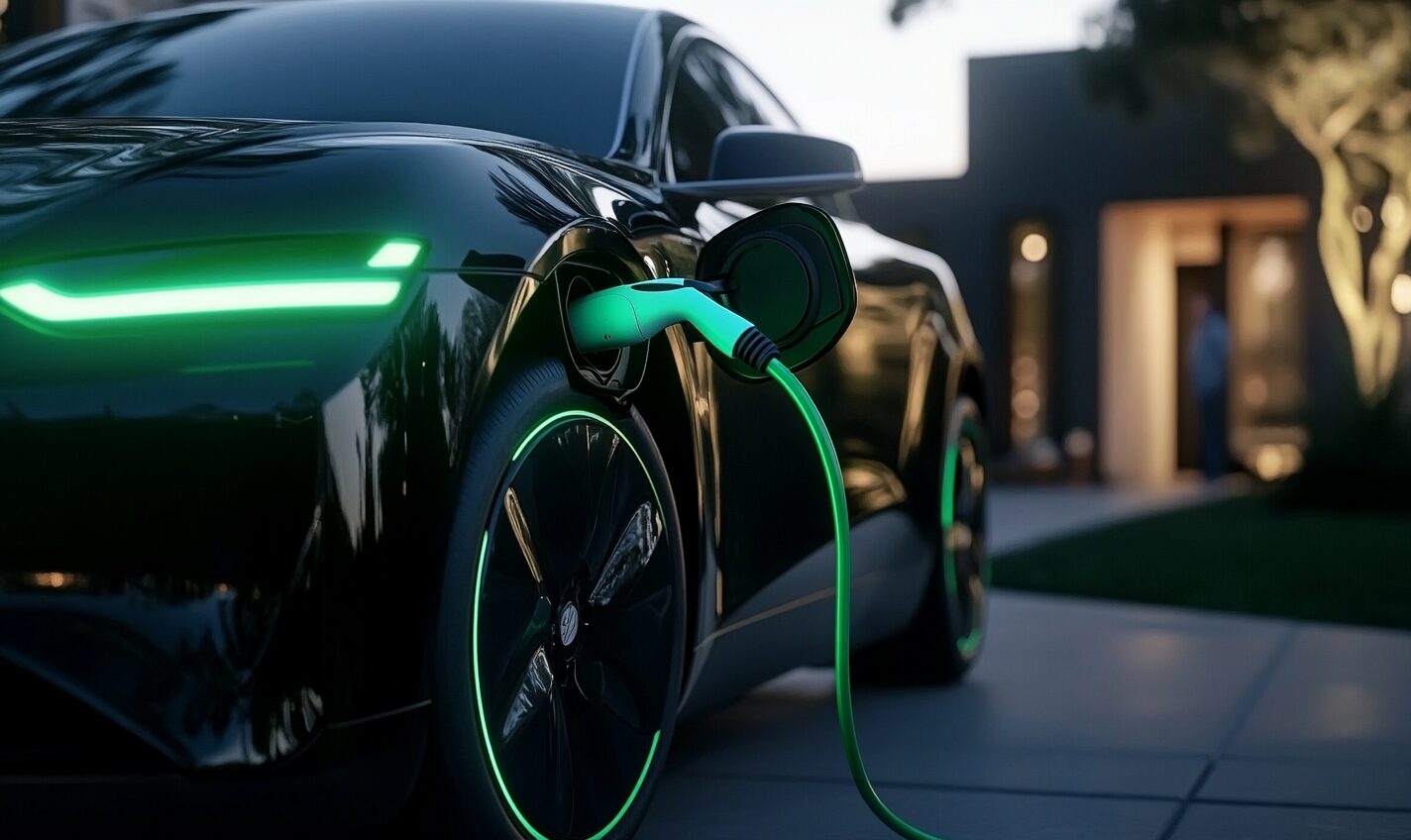Tesla earned over $53.8 billion in revenue in 2021, and its Tesla Model 3 was named the world’s best-selling plug-in electric car in the world the same year. Because Tesla is considered the most valuable car brand, it’s no surprise that more consumers are purchasing Tesla EVs.
There’s no doubt that EVs are becoming more popular due to their environmental and economic benefits. However, if EVs are going to aid the transition to clean energy, EV owners must be able to access public charging stations. Currently, Tesla owns the world’s largest global fast-charging network, which is powered by Superchargers. Are Superchargers free? What is a Supercharger? How long does it take to charge a Tesla with a Supercharger?
Continue reading to learn the answers to these questions and discover more about Tesla’s Supercharger network
Understanding Tesla’s Supercharger Network
Tesla first introduced its Supercharger network in 2012 with only six charging stations. According to Tesla’s official website, its proprietary DC Supercharger network consists of over 35,000 global charging stations located on major routes for customer convenience.
The charging network allows Tesla owners to quickly charge their EVs when they’re away from home. Tesla owners can locate a Supercharger station, stop to plug in their vehicle and get back on the road without spending hours waiting for charging to complete. It makes owning an EV comparable to owning a gas-powered vehicle.
Superchargers can add up to 200 miles to a Tesla’s range in only 15 minutes of charging time. Drivers can enter their destination on the Tesla touchscreen Trip Planner, which will automatically calculate their route with Superchargers along the way. This helps drivers spend more time on the road and less time charging their vehicles.
Are Superchargers Free?
So, are superchargers free? Unfortunately, the majority of Tesla EV owners do not have the free unlimited Supercharging perk. Some customers were grandfathered into free unlimited Supercharging. At this time, no Tesla models are eligible for free unlimited charging.
When Tesla’s Supercharging network was first introduced in 2012, Supercharging was free. After the debut of the Tesla Model S the same year, more consumers were buying Tesla EVs and taking advantage of unlimited Supercharging.
By late 2016, Tesla found that offering unlimited free charging at its Supercharger stations would be unsustainable. From that point forward, new Tesla models would offer paid-for Supercharging with 400 kilowatt-hours (kWh) included.
Customers who participated in a previous Tesla Referral Program may have free Supercharging miles. These customers can view the number of free miles and when they expire on the Tesla app. Once all free Supercharging miles are used, standard Supercharging fees apply.
Rules regarding Supercharging can be confusing. Owners can contact Tesla directly to find out if their current Tesla model qualifies for free Supercharging.
How Much Does Supercharging Cost?
When Tesla owners Supercharge their vehicles, they are typically billed on a per kilowatt-hour (kWh) basis. In some cases, a driver’s location will impact how much they pay to charge their Tesla. Supercharging costs vary greatly due to differences in electricity rates from state to state. Therefore, it’s challenging to know exactly how much a Tesla owner will pay to Supercharge their car.
The average cost to Supercharge a Tesla is around $0.26 per kWh, and if drivers are charged by charging time, the final cost will be determined by a four-tier system. In other words, Tesla owners pay less for a slower charge because less electricity is being consumed.
Here is the rundown on the tiers, with the cost of charging increasing each tier:
- Tier 1: Applies to charge speeds up to 60 kW
- Tier 2: Costs more than Tier 1, applies to charge speeds exceeding 60 kW
- Tier 3: Costs more than Tier 1 & 2, applies to charge speeds between 100-180 kW
- Tier 4: The most expensive tier, applies to charge speeds above 180 kW
Additionally, Tesla charges drivers with idle fees. If someone leaves the Supercharger cable plugged into their vehicle after it’s reached its charge, they could be subject to paying an extra fee. Idle fees exist to encourage Tesla owners to visit Superchargers, charge their EVs and get back on the road to keep charging stalls open for other drivers.
It’s expected that Tesla will expand its Supercharging network in the next few years. In an effort to bolster the entire EV market, Tesla plans on adding more stalls to the network and allowing non-Tesla EV owners to charge their EVs, too.
The Future of Tesla’s Superchargers
If all EV owners could access Tesla’s vast network of EV charging stations, it could help further EV adoption and encourage car-shoppers to consider buying an EV. It’ll be interesting to see what improvements Tesla makes to its Supercharging network in the future.
Recent Stories
Follow Us On
Get the latest tech stories and news in seconds!
Sign up for our newsletter below to receive updates about technology trends




